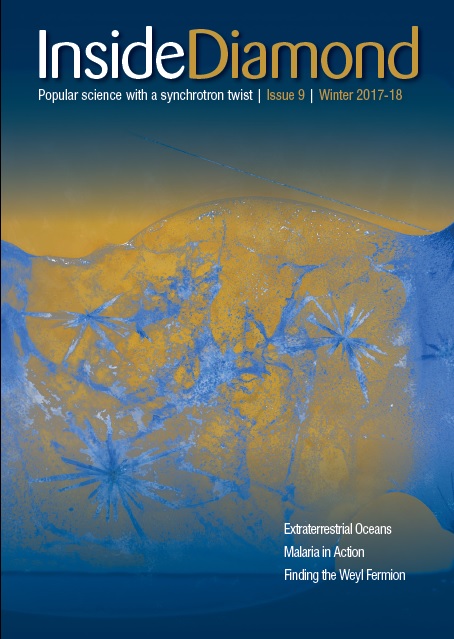Emblems of our cultural heritage are everywhere, from the historic buildings that line our streets to the iconic artworks and relics in our museums. Together, these various items shape our collective identity and link us back to our past.
Aside from being symbolically significant, historic objects can also help further academic research, providing important clues about ancient civilisations, momentous events, and societal practices. These remnants of the past can help reveal vital information about what went before us and add to our knowledge of the world our ancestors lived in.
On top of their research value, cultural emblems also contribute significantly to the national economy. In 2013, the UK tourism industry was estimated to be worth over £125 billion; that’s more than 9% of GDP. The sector creates millions of jobs and is growing rapidly.
Our rich history is a precious asset in myriad ways; but unfortunately age also brings a host of issues. Many of our iconic structures and objects are in decline, degraded by their environment and the passing of time. Thankfully, conservation scientists are on the case, developing ways of preserving our cultural heritage for generations to come.
To really get to the bottom of these issues, we need to understand processes that are invisible to the naked eye. Degradation is frequently the result of imperceptible changes, the effects of which are only realised over time; so to really see what is going on, scientists need to use some of the world’s most powerful tools.
Facilities like Diamond are transforming the work of conservation scientists. From sculptures to microscopic scraps of material, cutting-edge synchrotron technology allows scientists to study a vast range of samples and get high-resolution information at the molecular and atomic levels.
Using Diamond’s spectroscopy beamlines, scientists can exploit X-rays to identify which elements are present in a sample, whilst X-ray diffraction helps us to unpick the structure of objects at the sub-microscopic scale.
Diamond is one of the best places in the world to do this kind of research, and the facility supports a range of heritage projects. Conservation scientists have used Diamond to explore reasons behind the deterioration of historic buildings, developing special substances that can be used to protect and repair iconic structures.
The Mary Rose Trust is currently using the synchrotron to study the effectiveness of chemicals used to preserve the 16th century Tudor warship. And scientists from Tate Britain have used Diamond to investigate the fading of the pigment, Prussian blue, in JMW Turner’s paintings, scrutinising molecular changes under different atmospheric conditions in a bid to inform future display conditions.
But cultural heritage research is not just about conservation; science also helps us to find out more about the past. Items from archaeological digs and museum collections are bought to Diamond to investigate where they came from, how they were made, and what information they can tell us about people who lived hundreds or thousands of years ago.
From Neolithic tools to the Dead Sea Scrolls, science at Diamond has provided insights into many aspects of ancient life.
Science is the cornerstone of heritage research, helping to shed light on bygone ages and preserve historical relics for years to come. Pioneering technology and techniques are the tools of the future, but the insights that they provide help us to explore our past and protect it for all those who come after us.

